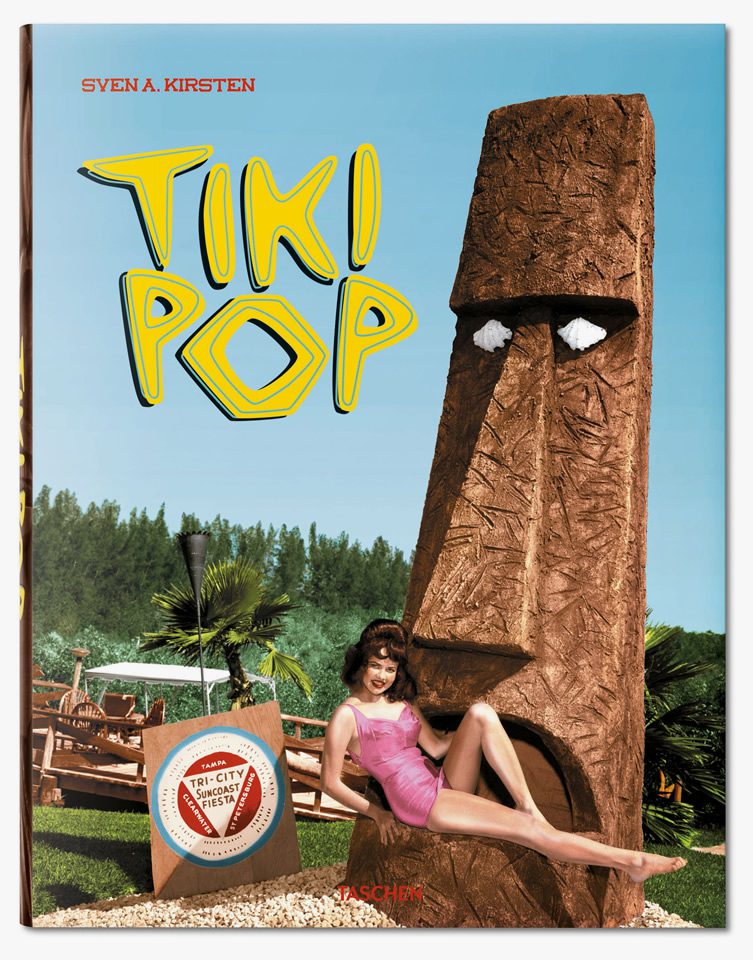It all started with a Louisiana man called Earnest Beaumont-Gannt. Earnest was an intrepid young fellow and sailed the south Pacific in the early 20th Century, absorbing the culture of the Polynesian islands he visited on the way. What he saw fired his imagination, and he had a hunch it would do the same for his fellow Americans, so in 1934 he opened a restaurant, Don the Beachcomber, in (where else?) Hollywood. His hunch was right, and although the food being served was actually Cantonese, the public ate it up. It was the birth of Tiki Culture.
Like many Western appropriations of foreign cultures in the days before mass travel and global media, Tiki Culture was a pastiche which played fast and loose with themes and motifs rather than aiming for authenticity or true understanding. Tiki is the Maori equivalent of Adam – the first man. Just like Adam, Tiki founded the human race, although whereas God took a rib from Adam to create Eve, most versions of the myth tell of Tiki finding his mate Marikoriko in a pond. The word Tiki came to symbolise the totemic sculptures that designate religious sites, and furthermore became synonymous with the Polynesian islands in general.
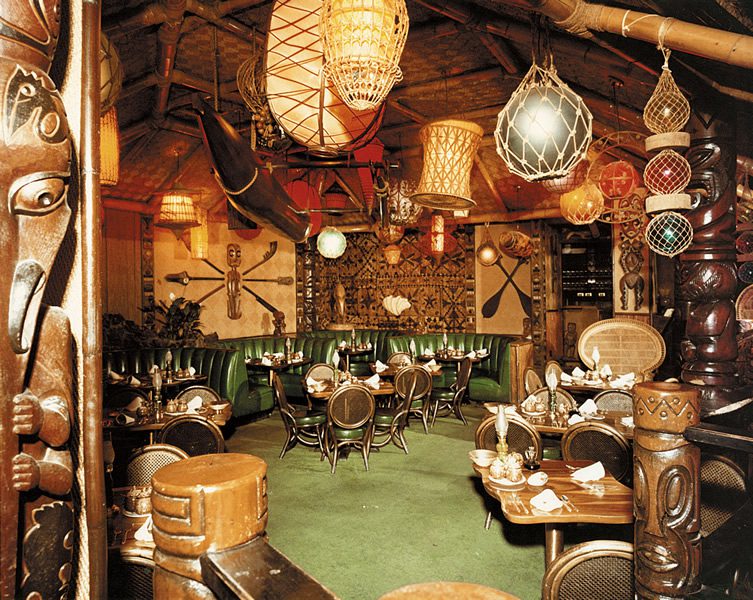
The Luau Beverly Hills interior, 1950
© Sven Kirsten/TASCHEN
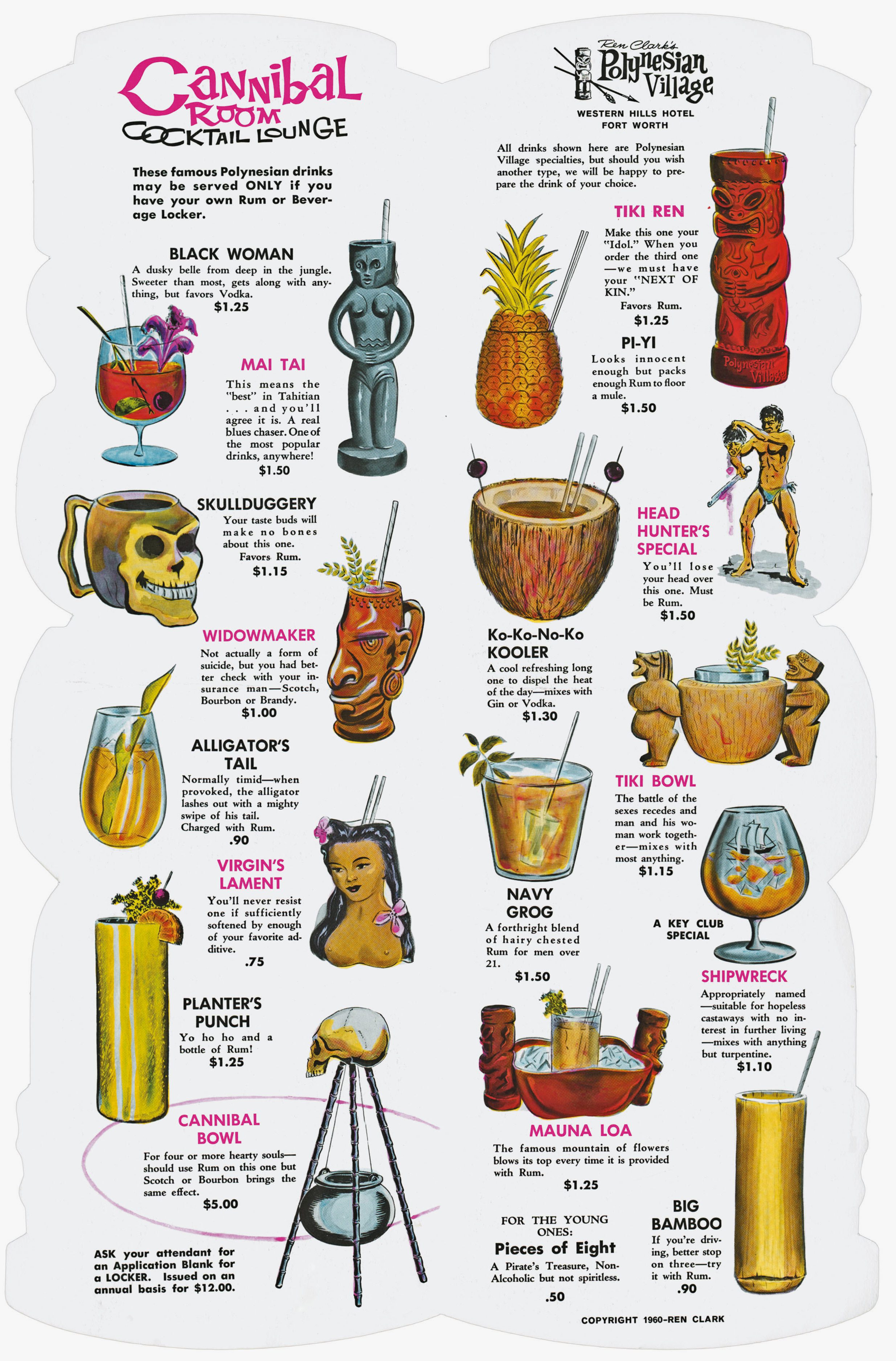
Ren Clark’s Polynesian Village Cocktail menu, 1962
© Sven Kirsten/TASCHEN
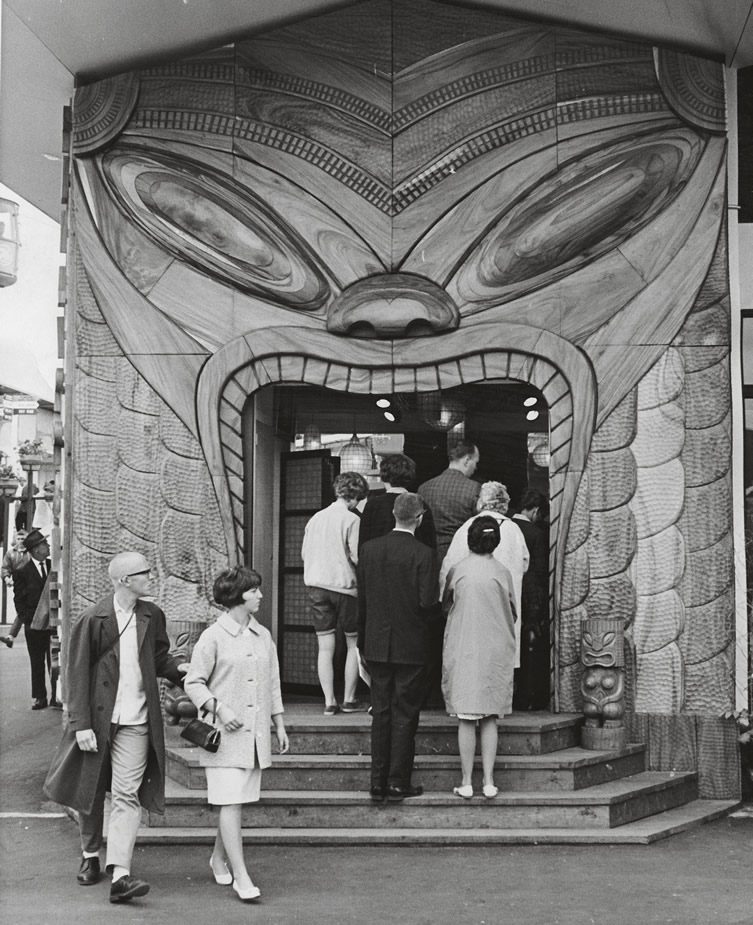
Seattle World’s fair, 1962
Americans were consumed by Tiki
© Sven Kirsten/TASCHEN
Mid-century America was a conservative place, and Tiki was a thrilling, exotic and daring departure which proved so enticing that its influence extended to fashion, music, eating, drinking, and architecture. Many U.S. servicemen were also stationed in the south Pacific during the war, and formed a lasting connection to the region, bringing back souvenirs and stories when they returned. America was so in love with Tiki that it absorbed Hawaii, the northernmost Polynesian island archipelago, as its 50th state in 1959.
It’s not hard to see why Tiki Culture took off in America. The perfect antidote to the repressed society of the time, Tiki’s strongly sexual overtones – hip-swaying, bare-breasted hula maidens and the dangerous appeal of savage masculinity – were just what the doctor ordered. It really was a world away, and bars and restaurants made the most of the intoxicating imagery, creating a recognisably American version of Polynesia full of fierce wooden masks, heady cocktails in coconut shells, and cool dappled terraces shaded with palm fronds. It also brought associations of beach life inland.
Tiki Pop: America Imagines Its Own Polynesian Paradise is a fascinating look at the U.S. love affair with Tiki from scholar Sven Kirsten. Published by TASCHEN, the book looks at the links between the real Maori cultures and the American renditions, examining the similarities and the points of divergence through amazingly evocative and well-sourced imagery, and charting the movement’s downfall in post-colonial times. The 384-page hardback is available directly from TASCHEN.
***
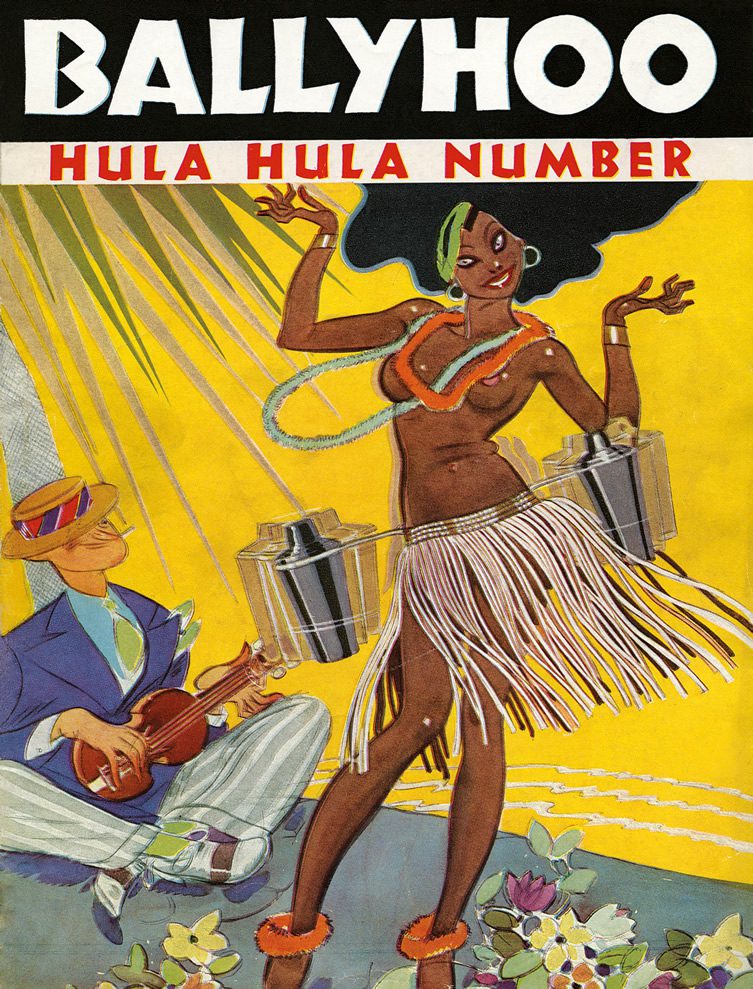
Ballyhoo magazine cover, 1935
Hula girls, cocktails and Hawaiian music
© Sven Kirsten/TASCHEN
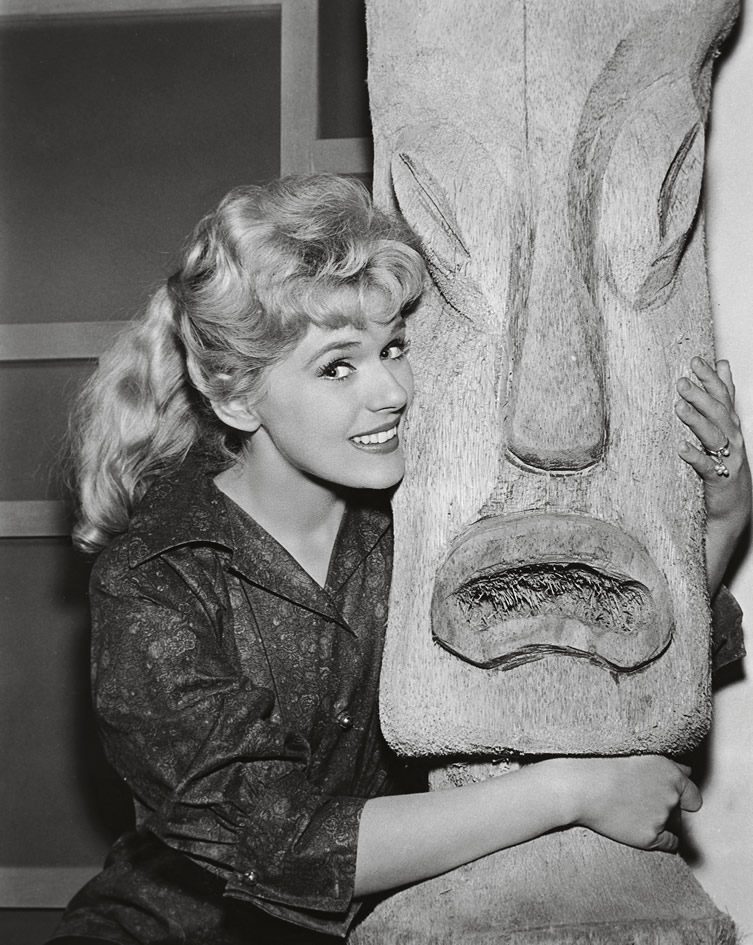
Connnie Stevens on the set of “Hawaiian Eye”, 1959
© Sven Kirsten/TASCHEN

Makai Motel Florida rendering, 1960s
© Sven Kirsten/TASCHEN
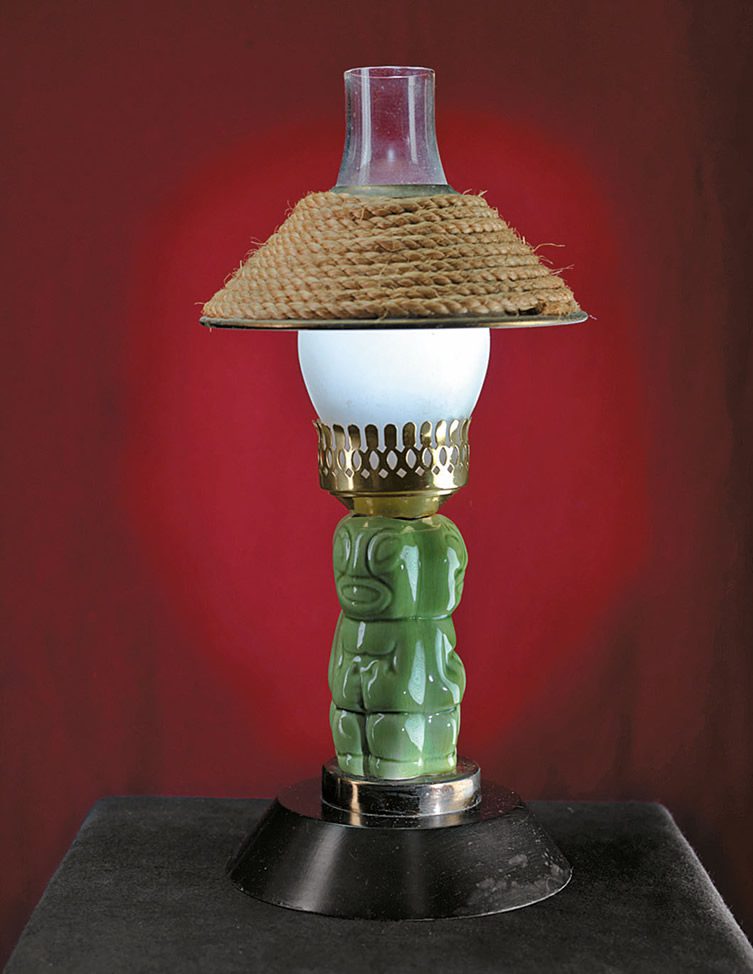
Tiki table lamp,
from the Luau in Beverly Hills, 1950s
© Sven Kirsten/TASCHEN
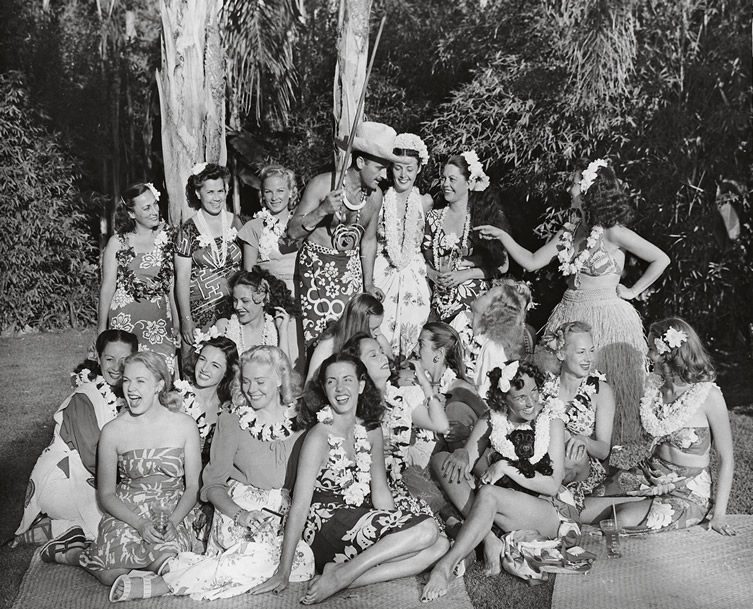
Don the Beachcomber surrounded by
starlets at his backyard luau, 1946
© Sven Kirsten/TASCHEN
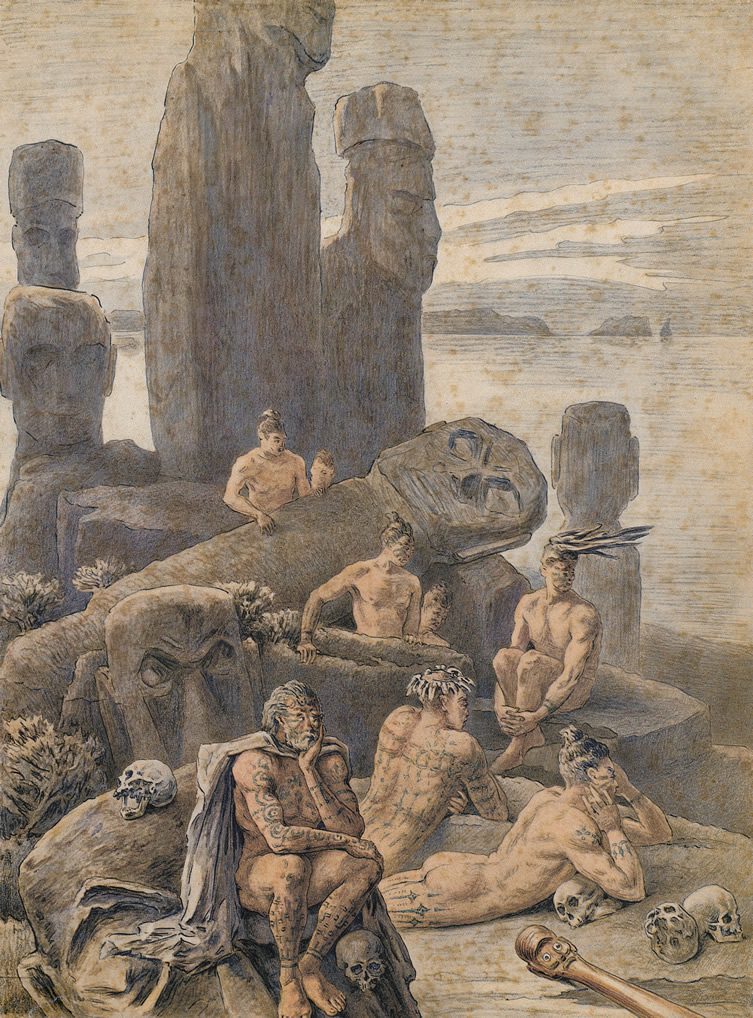
Natives of Easter Island, illustration
by Pierre Loti, 1872
© Sven Kirsten/TASCHEN
